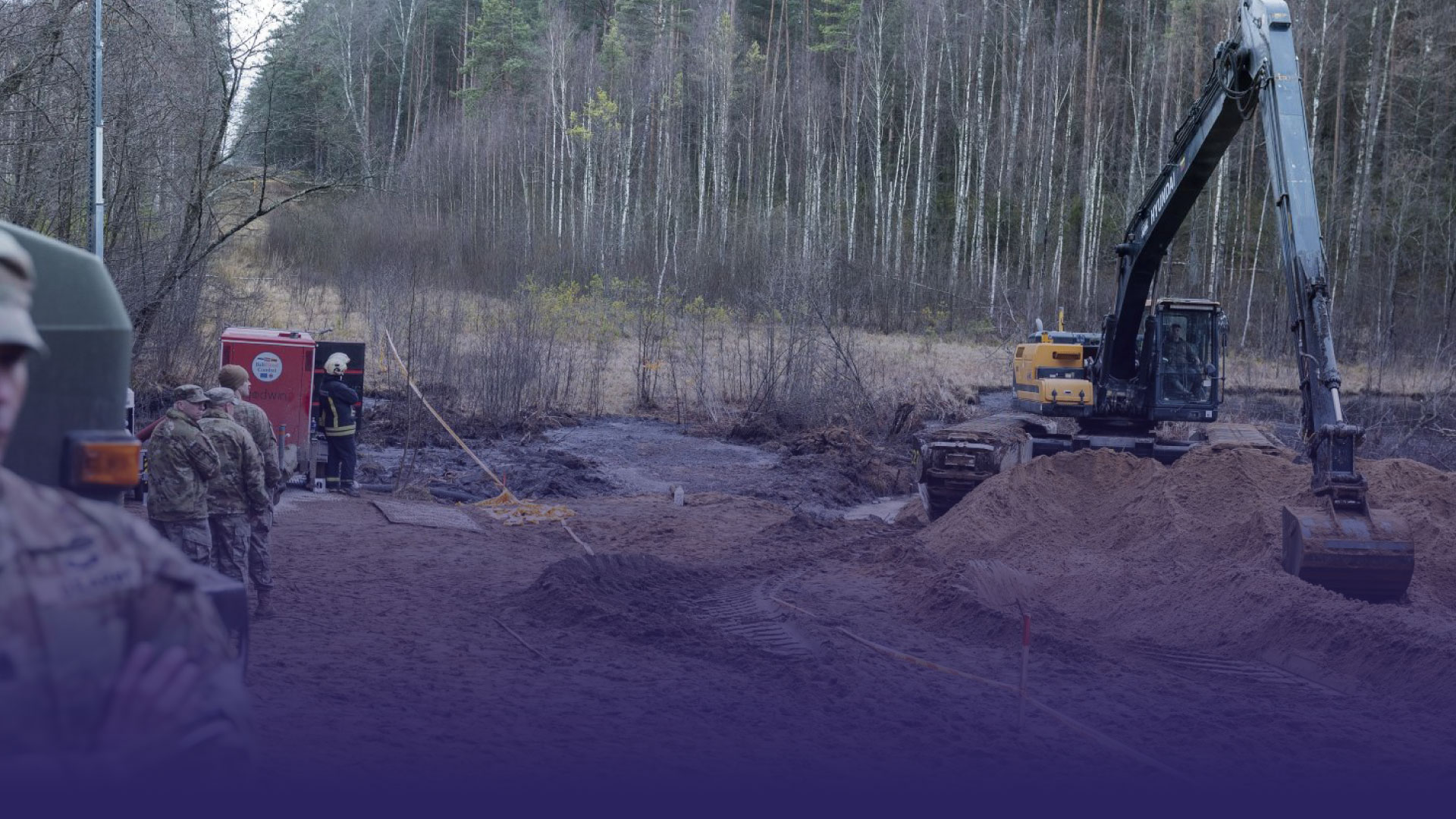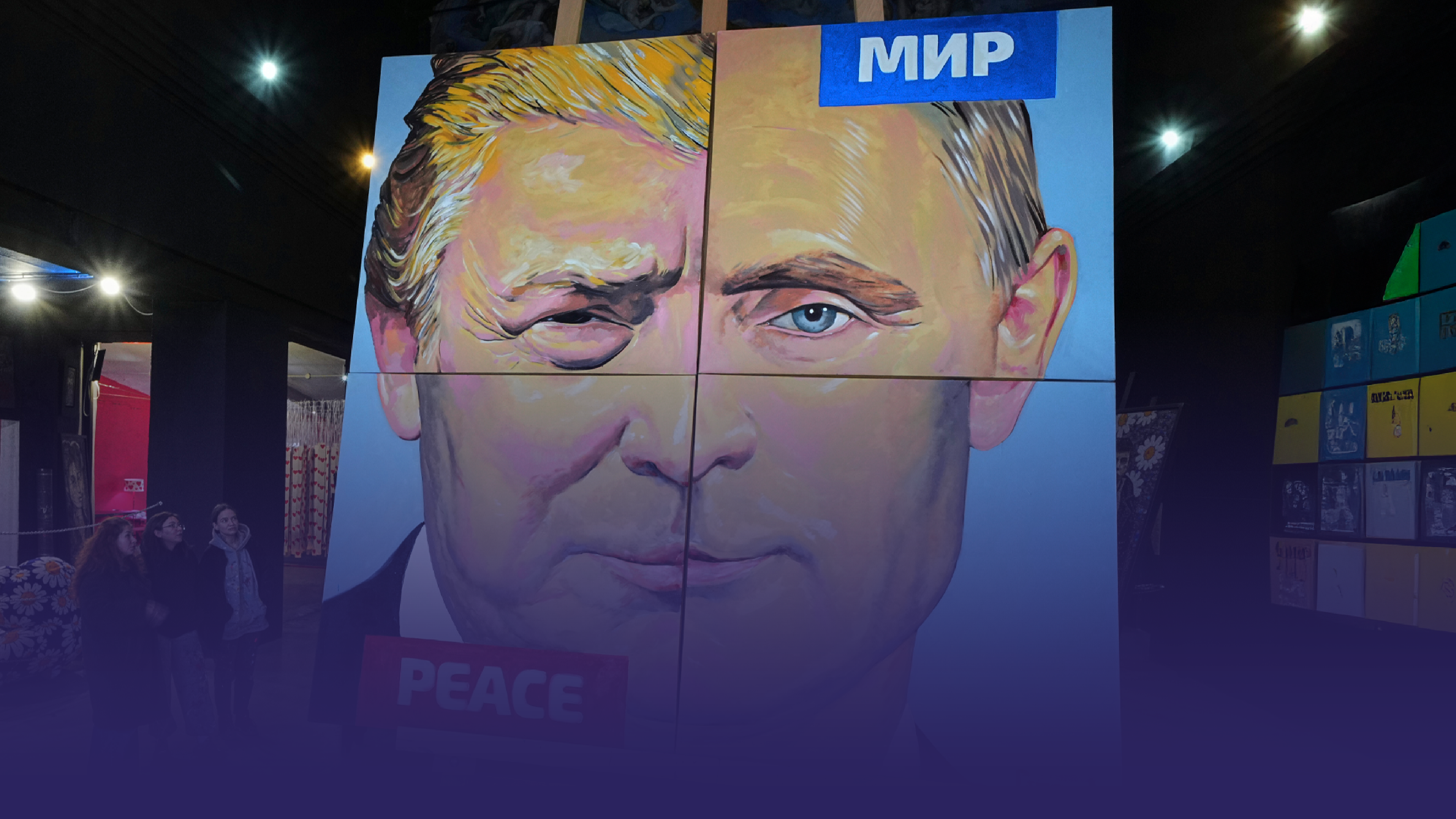Peshmerga: The Kurdish Fighters Who Defied Death
A force that embraces diverse ethnic and religious backgrounds.
The Peshmerga, meaning “those who face death” in Kurdish, emerged in the early 20th century alongside the Kurdish liberation movement. Their role expanded significantly with the Kurdish revolution of the 1960s, led by Mullah Mustafa Barzani, solidifying their place as defenders of Kurdish national identity and rights.
Throughout history, the Peshmerga fought against any force that sought to oppress the Kurds or occupy their land.
Following the 2003 U.S. invasion of Iraq, the Peshmerga officially became a military force under the Kurdistan Regional Government’s Ministry of Interior, following Iraq’s 2005 constitution.
However, the Peshmerga lacked heavy weaponry, relying mostly on old, seized arms from previous battles. Their arsenal remained limited, as Kurdistan had to purchase weapons through the Iraqi government, which, due to political disputes, rarely supplied them.
This changed dramatically on June 10, 2014, when ISIS launched a massive offensive, seizing vast territories across Iraq. While the main battles raged in central Iraq and Syria, Kurdistan’s borders became a critical frontline.
Despite being outgunned and under-equipped, the Peshmerga inflicted heavy losses on ISIS, destroying much of its military arsenal.
Their resilience and sacrifices during these battles gained global recognition, with their name dominating international headlines. The cost was high—nearly 1,000 Peshmerga fighters were martyred, and over 4,500 were wounded.
For the Kurdish people, the Peshmerga are more than just a military force—they represent the struggle of an entire nation, embracing diverse ethnic and religious backgrounds in their ranks.




